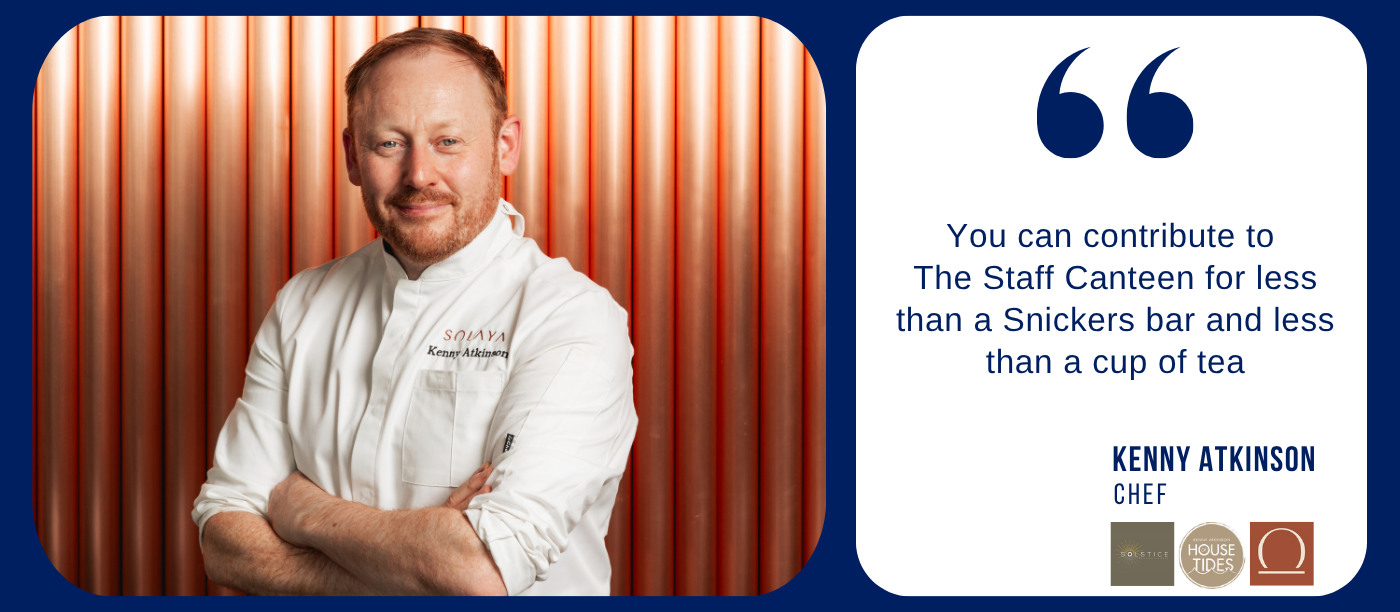in the forcing sheds - they try and pick it to order so it is as fresh as possible and can be in the kitchen within 24 hours. “We are growing it almost exactly the same way as my great granddad did, back in the 1880’s," he explained. "There is no other way to do it.” Rhubarb now has a PDO or Protected Designation of Origin which means if you want Yorkshire forced rhubarb it has to be grown within the triangle. The intense process begins in January of each year and runs until April or May dependent on how early the spring is. Robert also tells The Staff Canteen, how his family have never missed a year since they started forcing rhubarb.
He believes that forced rhubarb is so popular as it has its 'own flavour', he said: "It's unlike anything else and its not like strawberries you can get anytime of the year, it’s seasonal you can only get it for three or four months of the year.”  As forced rhubarb is a seasonal product, over the years Robert has gathered a clientele among many Michelin star chefs and restaurants including Tom Kitchin, Tommy Banks and James Mackenzie. He added: “There are others but we supply indirectly so catering companies, some which are in London, Claridges, all over really.” When The Staff Canteen asked Robert what his favourite dish was using the forced rhubarb his said: “Well, you’ve got me there! It’s got to be the traditional mothers crumble, it sounds very good doesn’t it!” Robert believes that the best way to make forced rhubarb is in it’s most traditional form and has no current plans to change the way in which he grows and picks it. He is currently operating five forcing sheds and is hoping to open two or three more within the next year. By Lauren Wiggins
As forced rhubarb is a seasonal product, over the years Robert has gathered a clientele among many Michelin star chefs and restaurants including Tom Kitchin, Tommy Banks and James Mackenzie. He added: “There are others but we supply indirectly so catering companies, some which are in London, Claridges, all over really.” When The Staff Canteen asked Robert what his favourite dish was using the forced rhubarb his said: “Well, you’ve got me there! It’s got to be the traditional mothers crumble, it sounds very good doesn’t it!” Robert believes that the best way to make forced rhubarb is in it’s most traditional form and has no current plans to change the way in which he grows and picks it. He is currently operating five forcing sheds and is hoping to open two or three more within the next year. By Lauren Wiggins
















